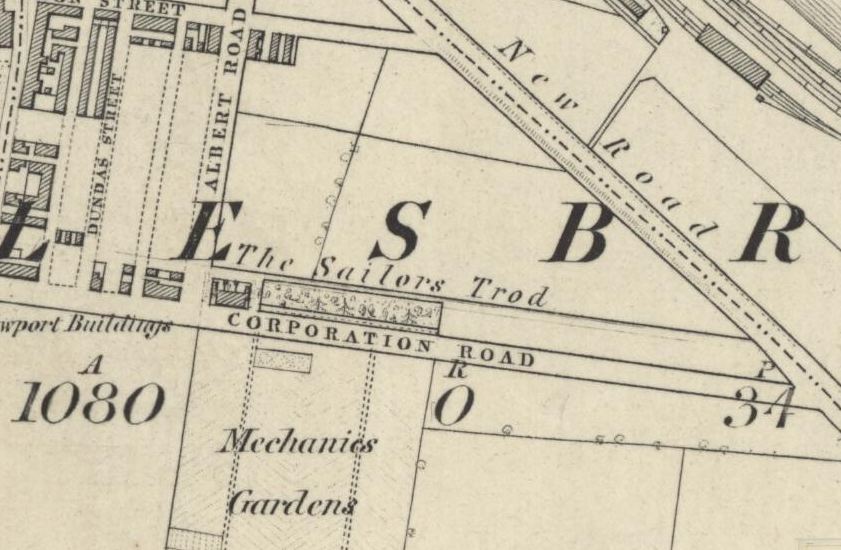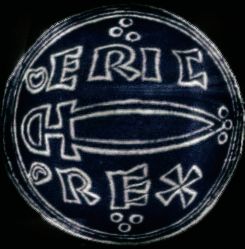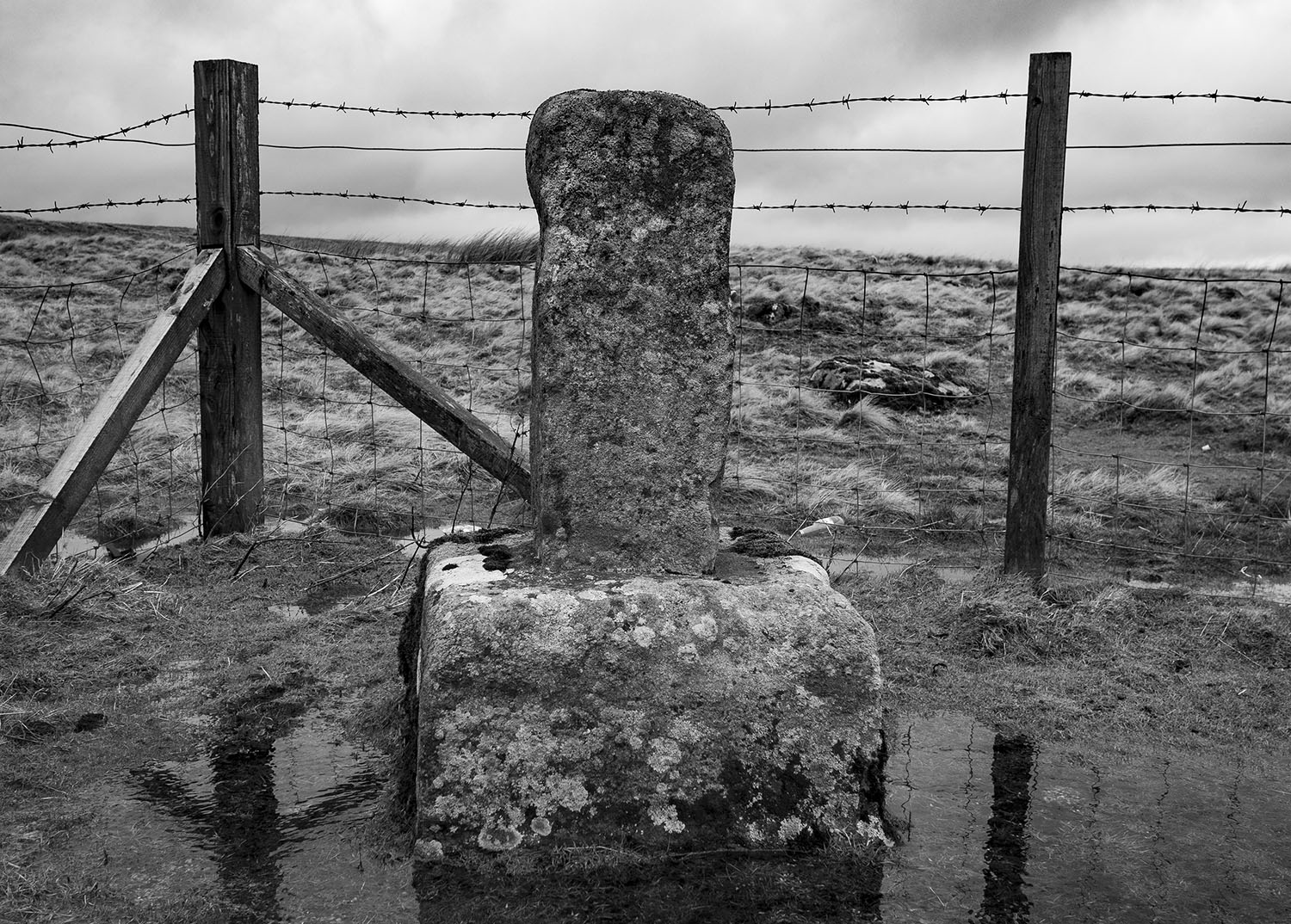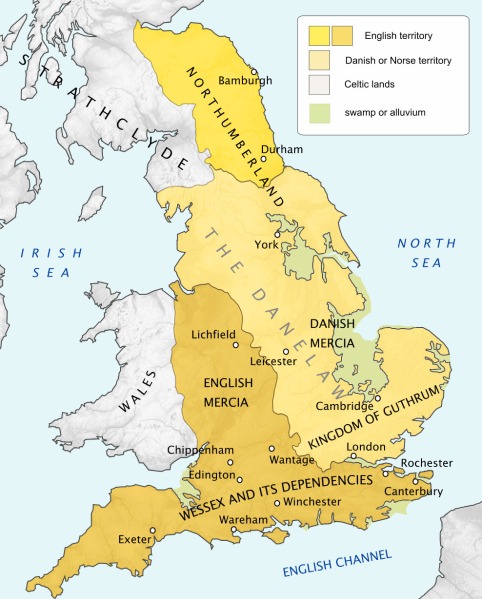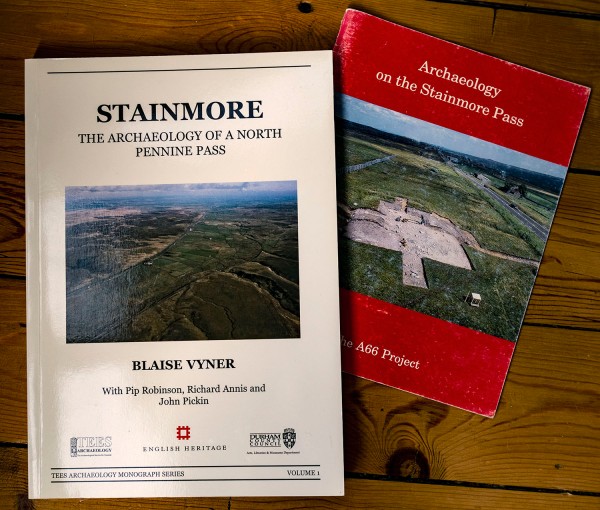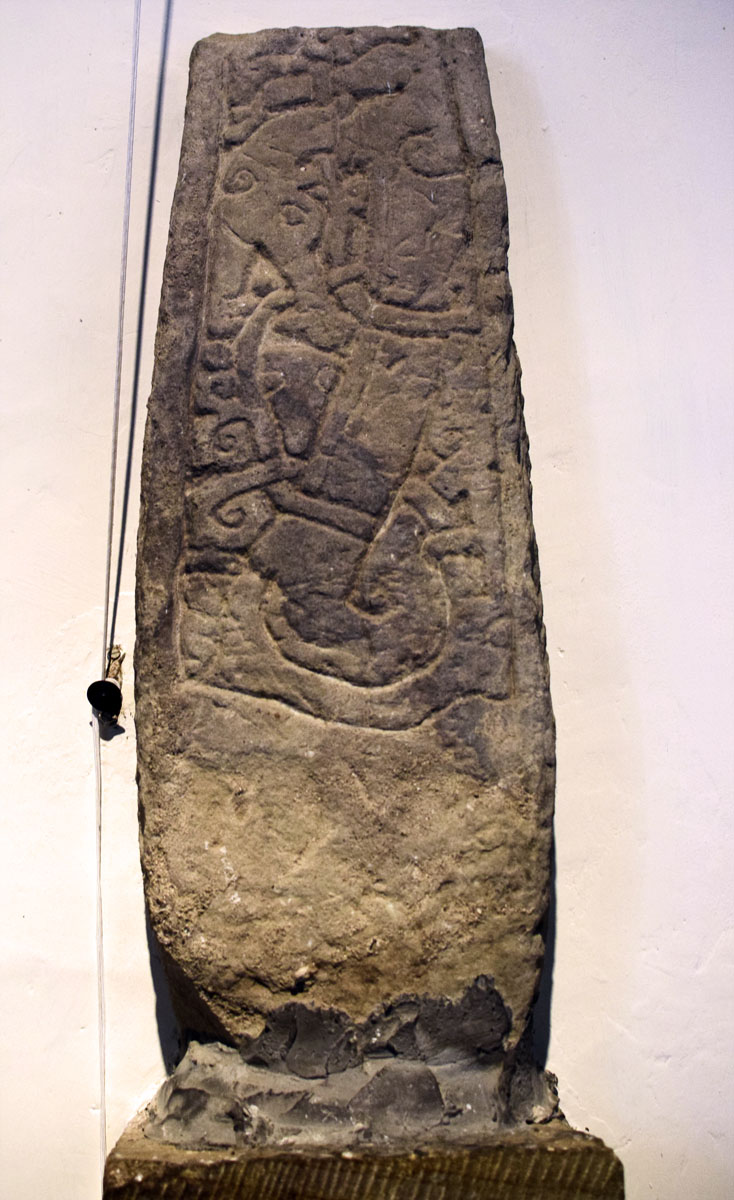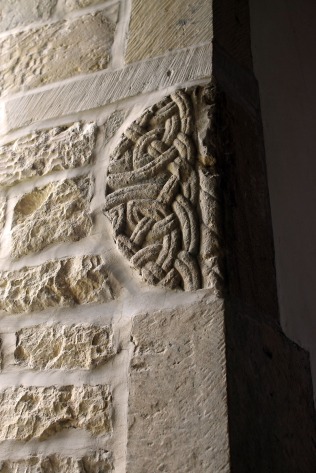Nikolaus Pevsner describes All Saints Church, Helmsley as ‘big and self confident, in the C13 style’.
It is always a good sign when the church entrance looks like this.
Stepping into the church is a joy, there are beautiful, bright, colourful murals everywhere.
The Victorian restorers of the church not only retained elements of the earlier church, they also added to them. The beakheads and outer order of the chancel arch are modern as are many other ‘romanesque’ features both within and on the exterior of the church, Rita Wood calls them ‘Heavy handed Victorian additions’, I quite like them.
The capital on the left side of the chancel arch has three heads carved on it, one creature emitting foliage and two small human heads, one wearing a pointy cap. The capital on the right side of the arch has a tiny head carved between the angle of the volutes.
This 10th century Hogback is a bit knocked about, the motif on the top is quite a rare design to find on a Hogback, it is known as a Key Pattern.
There are two chapels within the church, the south chapel is dedicated to Columba and has an altar made of what looks like Swaledale Fossil Limestone and may have come from the quarries at Barton. The North Chapel is dedicated to Aelred and has an altar made with Frosterley Marble from Weardale.
This striking painting is in the north chapel, it’s by Gabriel Max and is called St. Veronica’s Handkerchief. When I first saw the painting, the image was of Christ with his eyes closed, when I looked again his eyes were open. I found this rather disturbing, I was raised in a strict catholic household but have been an atheist, with the odd lapse into heathendom, for the past 45yrs. Was this to be my moment of conversion? was the shepherd calling me back to the fold?…then I read the notice beside the painting … ‘was painted in the middle of the 19th century, it is a form of art with a little trick, where the eyes of christ can be seen either open or closed‘…I laughed, relieved but also feeling slightly unnerved by the experience.
On reflection, I quite like the painting, it was inspired by a miraculous handkerchief that contained a perfect image of the face of Christ. As usual with these sort of Medieval relics, there were three in existence, all claiming to be the original. I suppose most religions have to rely on some form of smoke and mirrors when it comes to dealing with the supernatural.
All Saints is a wonderful church and well worth a visit if you are in the area. The history of the district is written all over its walls often in bold bright mural form. Architecturally it has embraced and built upon its past and is currently undergoing further exterior renovations. The church is open for visitors from 9-5 daily.
Postscript
Driving home I remembered that in her book, Romanesque Yorkshire, Rita Wood compared the tiny carving of a man in a pointy cap to a carving in the church at Hawnby. Hawnby wasn’t too far from Helmsley so I decided to seek it out.
The Church at Hawnby, All Saints, can be found to the west of the village on the Kepwick road. The little church sits in an overgrown churchyard down by the River Rye, the setting is beautiful. The church is picturesque but architecturally fairly unremarkable, Pevsner describes it as ‘basically Norman‘. I found the carving located just inside the church door, it is lovely. Rita Wood thinks that it probably came from the chancel arch, who knows?
Sources
The Buildings of England. Yorkshire, The North Riding. Nikolaus Pevsner. Penguin Books. 1973
Romanesque Yorkshire. Rita Wood. Yorkshire Archaeological Society. Occasional Paper No.9. 2012
Yorkshire A Gazetteer of Anglo-Saxon & Viking Sites. Guy Points. Rihtspell Publishing. 2007































































